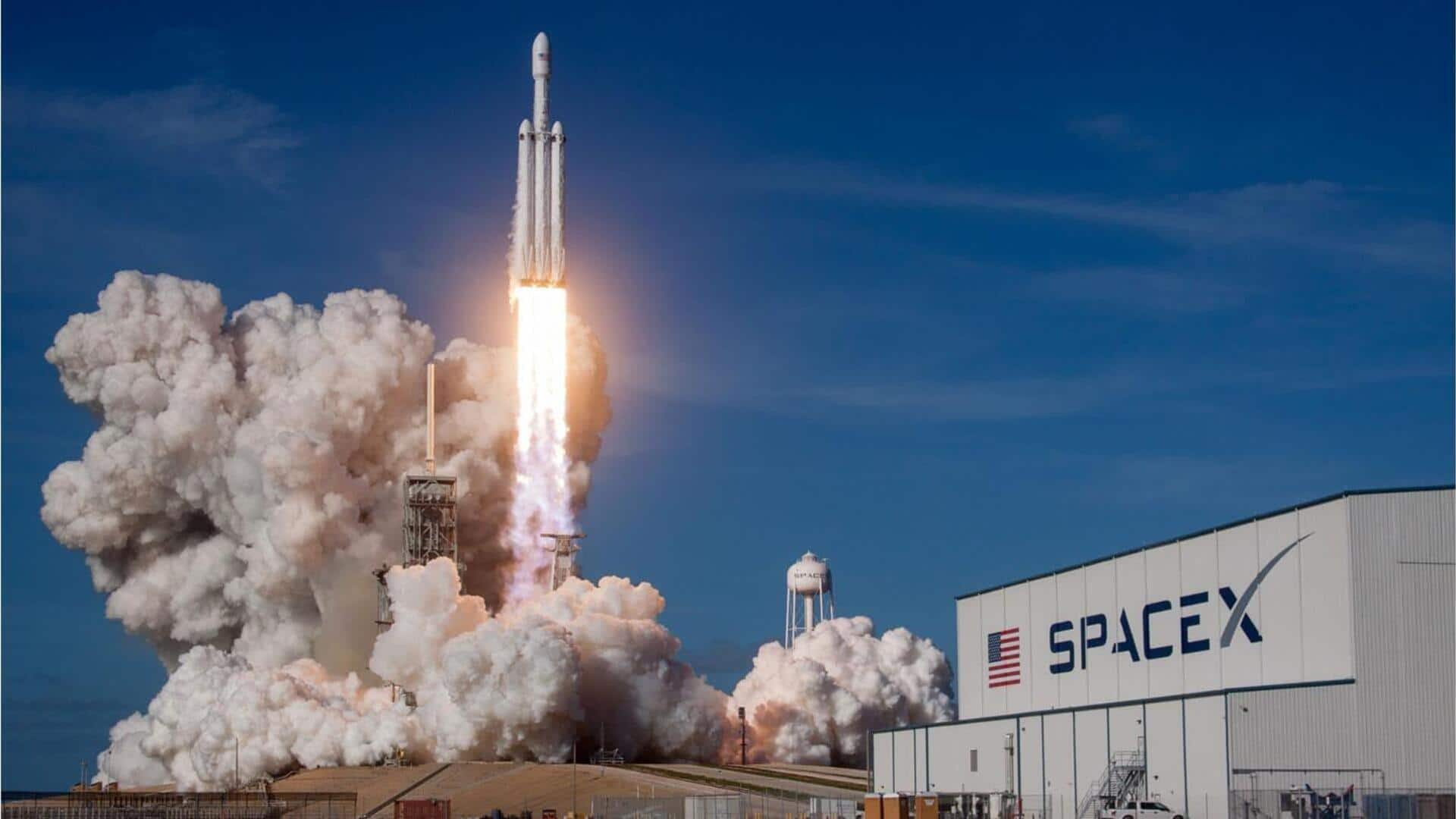
SpaceX announces first human spaceflight to explore Earth's polar regions
What's the story
SpaceX has just announced the "Fram2" mission, which will be the first human spaceflight to explore Earth's polar regions. This ambitious mission, scheduled for late 2024, aims to send a crew of four on a unique journey around the planet's poles, offering unparalleled views of the Earth's ice caps and extreme polar environments. The mission's name, "Fram2," pays homage to the legendary Norwegian ship "Fram," which made pioneering expeditions to the Arctic and Antarctic between 1893 and 1912.
Mission details
Fram2 mission's unique trajectory and timing
The Fram2 mission will utilize a SpaceX Crew Dragon capsule, launching from the Kennedy Space Center in Florida. Once in orbit, the Crew Dragon will travel at an altitude of over 420km, allowing the astronauts to observe the Earth's polar regions from a unique perspective. The journey could last anywhere between three to five days. The Fram2 mission is uniquely timed to pass over Antarctica near the Southern Hemisphere's summer solstice, ensuring optimal lighting conditions.
Crew profile
Meet the crew of SpaceX's Fram2 mission
Leading the Fram2 mission will be Chun Wang, a prominent crypto entrepreneur and adventurer. He became a billionaire in 2021 due to surging prices of Bitcoin. Joining him will be Jannicke Mikkelsen, a Norwegian pilot; Eric Philips, an Australian scientist with a passion for polar research; and Rabea Rogge, a robotics engineer from Germany. This will mark SpaceX's third independent mission aboard Crew Dragon, following the Inspiration4 and Polaris Dawn missions led by US entrepreneur Jared Isaacman.
Mission goals
Fram2 mission's objectives
The Fram2 mission will not dock with the International Space Station but will orbit Earth independently. The crew plans to observe Earth's polar regions from Dragon's cupola at an altitude of 425-450km, studying unusual light emissions similar to auroras. They also aim to explore how spaceflight impacts the human body, including taking the first-ever X-ray image of a human in space. The data gathered during the mission may contribute to our understanding of the planet's changing climate and polar environments.